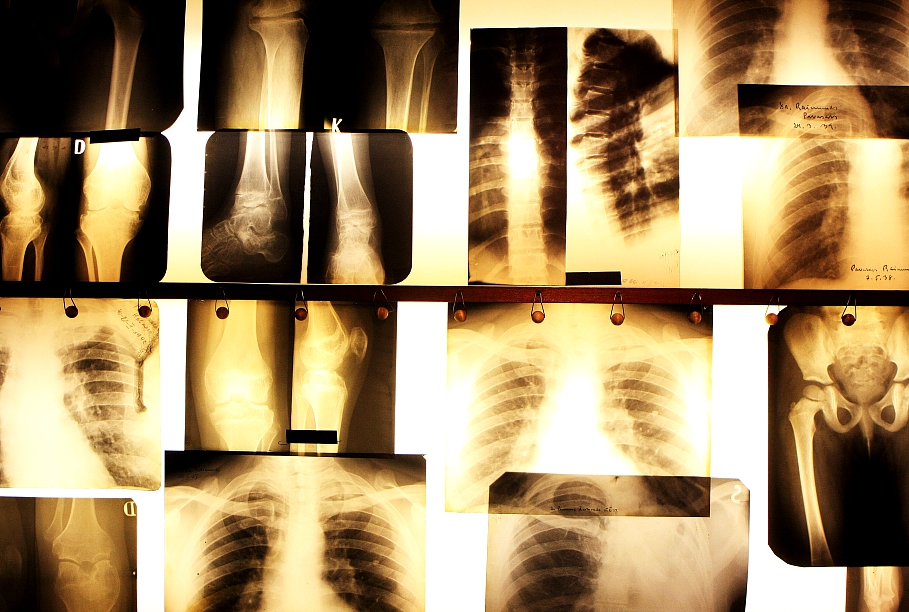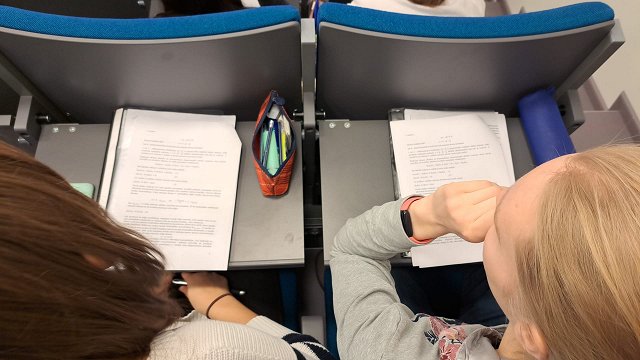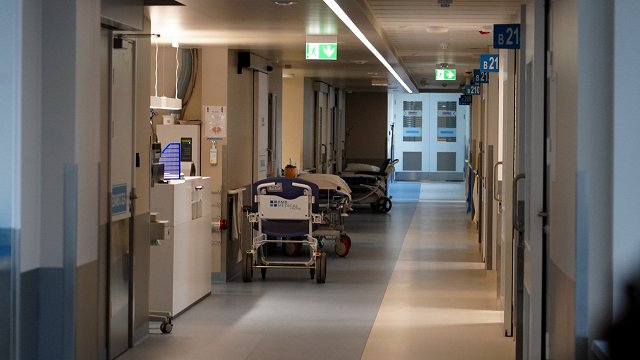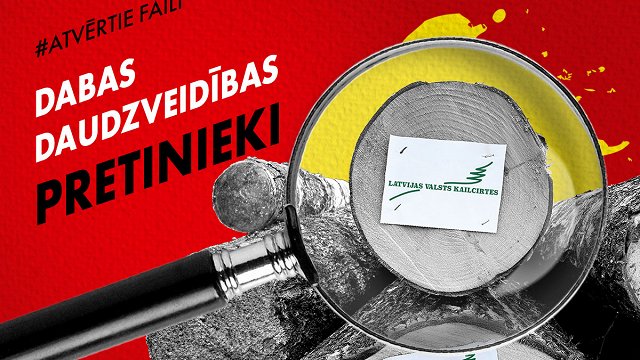This significant scientific achievement has been in the works since 1993, and the research has involved a variety of specialists from several fields. Surgeons, morphologists and microbiologists worked under the leadership of Rīga Stradiņš University Associate Professor Ilze Šalma and Professor Andrejs Skaģers to develop methods for using the innovative material.
“Why are they special? Because over several years it has been proven that these materials grow together well with patients' bone tissue. They are friendly, structurally similar to bone tissue,” said Šalma.
“If teeth have been pulled out several years ago, then there has been bone resorption and the bone volume is not enough to screw in an implant,” explained Šalma. Using the material developed in Latvia it would be possible to expand bone volume so that the implant could be screwed in. The body doesn't reject this material and it also minimizes risks associated with allergic reactions and infection.
“We fill bones with this material. We use it after pulling a tooth to fill the wound,” said RSU Face and Jaw Surgeon Vadims Kļimecs.
Dentistry is not the only branch of medicine where the material is useful, it has also been tested on trauma patients with repeatedly broken bones that have been operated on several times and lack bone tissue. Research continues, and current technical capabilities allow the biomaterial use to be adjusted for the needs of each individual patient. The team is also working on a method for inserting medications into the material.
As previously reported, several important human “parts” tend to undergo wear and tear throughout our lives, but now scientists and medical professionals in Latvia are using technology to work towards creating increasingly better “spare parts”.
They're working on new surfaces, thinking about what types of connections could be more effective and less susceptible to microbes that could harm gum health. The University of Latvia is also researching how to improve dental implants. LU Senior Postdoctoral Researcher Roman Viter is a Ukrainian scientist who is developing a new method, which will serve as the base for producing high-quality dental implants.
Viter is researching nanostructured metal oxide coatings, 3D scaffolds, obtained by electrospinning deposition of organic nanofibers and lazer patterning of the implant surface using biotechnology, cell engineering and nanotechnology. This allows other elements, such as silver nanoparticles, to be added to dental implants to improve antibacterial properties or promote cell growth.





























